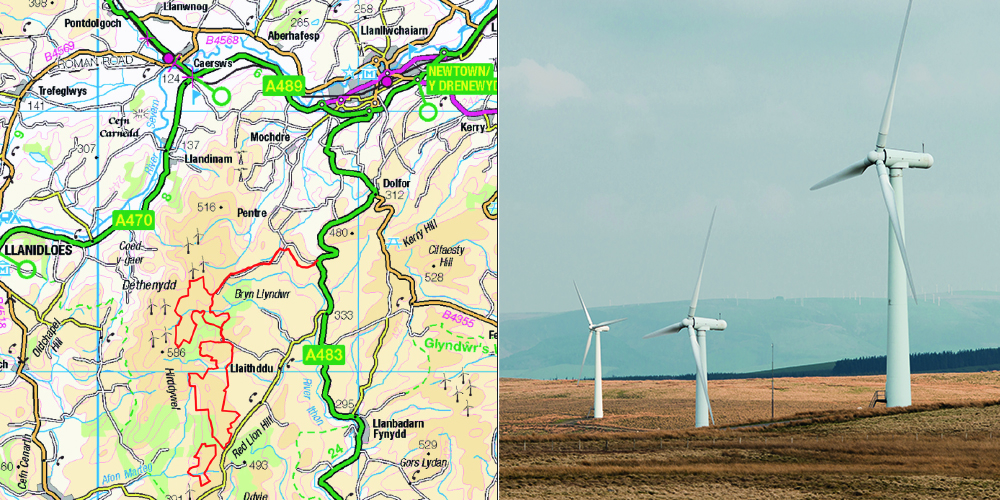Renewables powered through the pandemic
Renewables powered through the pandemic
The gas crisis continues to loom large over Europe and in the UK there is gloomy talk of winter gas bills being five times higher than last year. So here’s some good news: renewables powered through the pandemic, with wind and solar growing at their fastest rate in two decades in 2020 according to the International Energy Agency (IEA). Furthermore, they are set to expand in the coming years at a much faster pace than prior to the pandemic. The future is bright, and very green.
Global figures
According to the IEA, the amount of renewable electricity capacity added in 2020 rose by 45% in 2020 to 280 gigawatts (GW), the largest year-on-year increase since 1999.
In 2020, renewables accounted for 90% of the entire global power sector’s expansion.
Global wind capacity additions almost doubled in 2020 to 114 GW.
And in the UK
In 2020, the UK generated 75,610 gigawatt hours (GWh) of electricity from both offshore and onshore wind. This would be enough to power 8.4 trillion LED light bulbs.1
According to the National Grid, 2020 was the “greenest year on record” for Britain, with record high levels of wind energy generation.
Solar generation broke records on 30 May, when it provided 34% of the UK’s electricity mix – solar’s highest ever share. Another record was broken on 20 April with solar’s highest ever absolute level of generation at 9.7GW.2
Planning services
Earlier this month Boris Johnson set a target for all of the UK’s electricity to come from clean sources by 2035. Even before this, at Dulas we were seeing a rise in demand for EIA/planning services for both onshore wind and solar. It’s encouraging to see that developers have growing confidence that grid constraints will be alleviated and public opposition lessened. Given the recent Government announcement, let’s hope there are now further incentives for renewable energy developers.
Additional solar and wind power is essential to achieving net zero in the UK. For example, in its Net Zero Technical Report in May 2019, the UK Climate Change Committee advised UK Government that we need to install 35GW of onshore wind by 2035 – arguably this figure should now be revised upwards.
Projects such as Garn Fach Wind Farm in Powys, Wales will get us there. We recently worked with EDF Renewables on the pre-application planning stage for this onshore wind project. With an installed capacity of around 85 megawatts (MW), it is estimated that Garn Fach Wind Farm would meet the average annual domestic electricity requirements of up to 69,000 households.3

Image: Garn Fach Wind Farm
We have also worked with Network Rail, Statkraft, Novus and Vattenfall amongst others. In fact, in a recent calculation we realised that since the early pioneering days of renewable energy (we installed our first wind monitoring mast at Cemmaes wind farm in 1988), our development and planning consultants have tucked more than 1GW of worth of successful projects under their belts.
We are also in our 10th year of accreditation with IEMA, the professional body responsible for ensuring that people working on the front line in environment and sustainability have the right knowledge, competencies, skills and confidence to do a professional job.
We get involved in projects at every stage so if you’re thinking about developing a project, or expanding on one, do get in touch.
For more information on our services, click here
1 ONS data
2 BEIS
https://www.iea.org/news/renewables-are-stronger-than-ever-as-they-power-through-the-pandemic
3 35% capacity factor – conservative figure based upon measurements collected from the on-site 90m met mast. Average household consumption of 3,772 kWh from Energy consumption in the UK – GOV.UK (www.gov.uk)
Share: